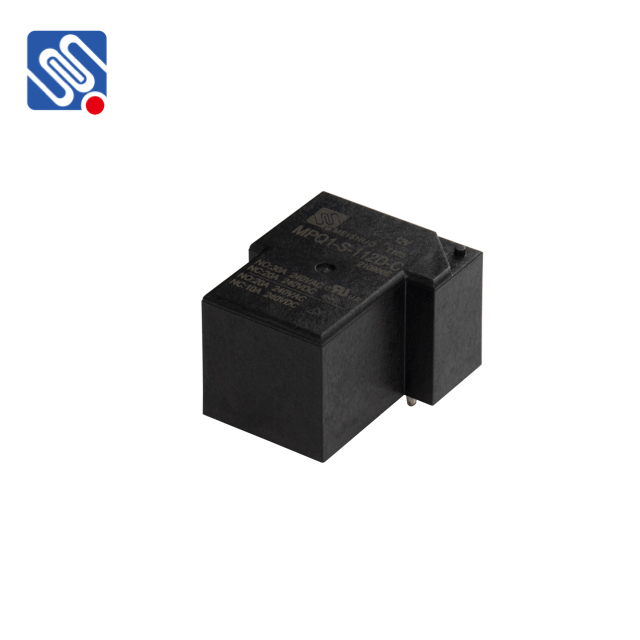A 12V DC relay is an essential component in electrical and electronic systems, playing a crucial role in controlling high-power devices with low-power signals. Whether used in automotive, industrial automation, or home appliances, the 12V DC relay offers a simple yet effective way to manage complex electrical systems safely and efficiently. In this article, we will explore the working principle, types, applications, and advantages of 12V DC relays.

What is a 12V DC Relay? A relay is an electrically operated switch that enables low-power circuits to control high-power circuits. The 12V DC relay, specifically, operates with a 12-volt direct current (DC) input. It consists of a coil, an armature, and contact points that switch between two states: normally open (NO) and normally closed (NC). When current flows through the coil, it generates a magnetic field that moves the armature, either closing or opening the contacts, thereby switching the high-power circuit on or off. How Does a 12V DC Relay Work? The operation of a 12V DC relay revolves around electromagnetism. When a voltage of 12V DC is applied to the relay’s coil, it creates a magnetic field that pulls the armature towards it. The armature is a mechanical lever that operates the switch contacts. In the “resting” position (when there is no current through the coil), the contacts are either in the NO or NC position.